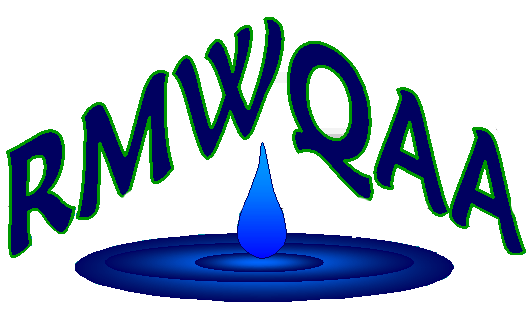Wastewater is a valuable resource that can be reclaimed into many beneficial products. The mix of biological, chemical, and physical techniques used in this form of reclamation is forced to become more creative as discharge requirements become stricter. Nutrient requirements are a good example. As phosphorus and nitrogen limits drop for many wastewater treatment plants, we have to get creative to find new and cost effective ways to remove these analytes from our treated waters.
Algae is one solution to our nutrient woes that is getting attention from different utilities and research groups. Algal treatment can be applied to treat for ammonia, nitrogen, phosphorus, and carbonaceous biochemical oxygen demand (cBOD). Low operational costs paired with the added sales of harvested fertilizer makes this technology realistic for many utilities.
Gross-Wen technologies (GWT) has developed a revolving algal biofilm (RAB) system where algae grows on a treadmill-like belt that is suspended vertically above the wastewater. The belt rotates in and out of the wastewater allowing the algae to consume CO2, nitrogen, and phosphorus until it is harvested and used to make bioplastics and/or fertilizer.

Fig. 1. Gross-Wen Algae Treatment Technology.
Unlike most off the shelf organic brands of fertilizer, this algae fertilizer has slow-release properties that prevents nutrient leaching and polluting of our waterways.
GWT installed a commercial pilot program at Metropolitan Wastewater Reclamation District in Chicago, Illinois. During the three-year study, 64 tons of algae was produced per day and $30 million a year was made from selling the pelletized algae. Researchers at GWT project that a commercial-scale facility could process between 200,000 and 1 million gallons of wastewater per day.
CLEARAS is another research company using algae to clean wastewater and harvest recycled algal biomass. Their technique is different than GWT in that it directly mixes the algae into the nutrient-rich wastewater. After the recovery of nutrients and CO2, the mixture is filtered apart, leaving a clean water stream and a return activated algal stream. Results of their nutrient reductions are shown in Figures 2 and 3.

Fig. 2. Total phosphorus results comparing influent and effluent. Data set includes 234 separate trials. Average incoming phosphorus = 1.91 mg/L. Average treated phosphorus = 0.02 mg/L.

Fig. 3. Ammonia results comparing influent and effluent. Data set includes 234 separate trials. Average incoming ammonia = 14.09 mg/L. Average treated ammonia = 0.49 mg/L.
CLEARAS claims that their system is zero-waste, incurs lower operation and maintenance costs due to the lack of chemicals used and disposed, produces ultra low-levels of phosphorus, nitrogen, biochemical oxygen demand, and total solids, and the ability to easily scale to your facility.
Regulatory changes and needs of our communities create the opportunity for utilities to innovate systems to become more sustainable, clean energy based, and cost effective. When making choices in the future regarding nutrient removal, algal treatment systems may be a good fit for your utility.
Danny McCausland is a Laboratory Analyst for MWRD. He has 6 years of experience in the industry and holds a BA in Environmental Science from Metropolitan University of Denver.
Full Website Links:
1. https://algae.com/
2. https://www.clearaswater.com/
 Welcome to the
RMWQAA Website!
Welcome to the
RMWQAA Website!  Welcome to the
RMWQAA Website!
Welcome to the
RMWQAA Website!